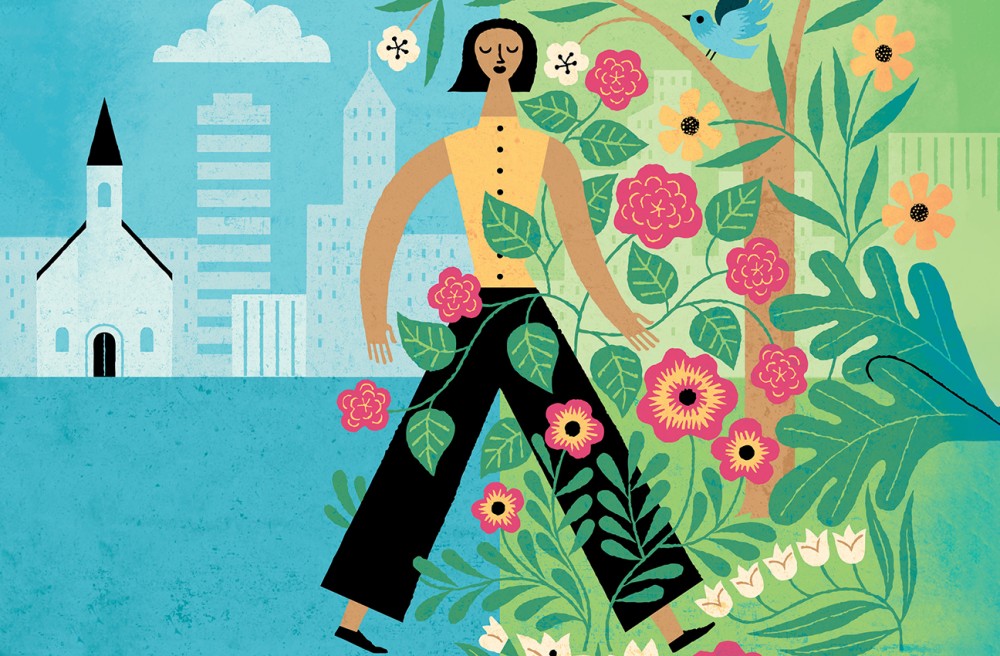
During times of turbulence in politics, culture, and religious life, it’s tempting to hold tightly to current convictions. Allowing a change of one’s mind or heart can be difficult work. With this in mind, we have resumed a Century series published at intervals since 1939, in which we ask leading thinkers to reflect on their own struggles, disappointments, and hopes as they address the topic, “How my mind has changed.” This essay is the tenth in the new series.
I must have been in high school when my sister and I took advantage of a short absence of parental supervision to collect and throw away some devotional objects displayed in our house: cheap plastic Madonna-and-childs; plaques of saints; strange, bullet-shaped containers with St. Joseph inside, holding a jug in one hand and what looked like an oversized hamburger patty in the other. These items had come into the house either as prizes my four siblings and I won at St. Patrick’s grade school or as gifts from my aunt, a School Sister of St. Francis, now deceased, who was and is one of my favorite people in the whole world.
My mother returned from the store and found my sister and me suspiciously lurking around the trash can in the garage. Nevertheless, our culling of the herd was hardly noticed; there were enough devotional trinkets on every surface in the house that a few blessing the garbage can made little difference.




